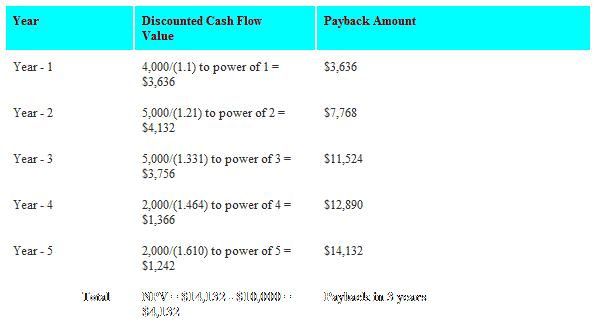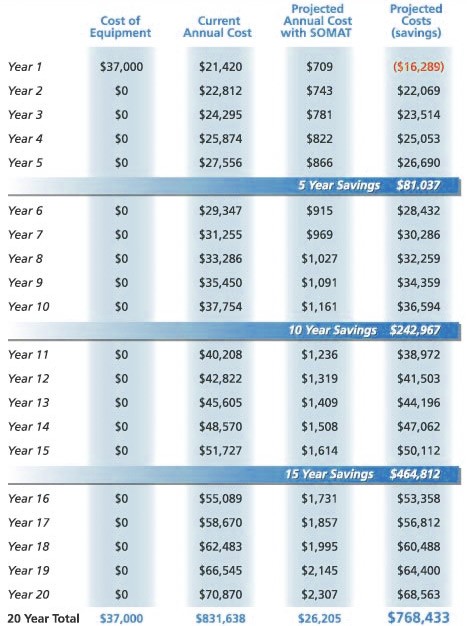How To Calculate ROI (Return On Investment)
Post on: 1 Июнь, 2015 No Comment

How to Build an All-Star Team Through Trust
January 29, 2010 This story originally appeared on Business Insider
The Gotham Gal and I make a fair number of non-tech angel investments. Things like media, food products, restaurants, music, local businesses. In these investments we are usually backing an entrepreneur weve gotten to know who delivers products to the market that we use and love. The Gotham Gal runs this part of our investment portfolio with some involvement by me.
As I look over the business plans and projections that these entrepreneurs share with us, one thing I constantly see is a lack of sophistication in calculating the investors return.
The entrepreneur needs $400k to start the business, believes he/she can return to the investors $100k per year, and therefore will generate a 25 percent return on investment. That is correct if the business lasts forever and produces $100k for the investors year after year after year.
But many businesses, probably most businesses, have a finite life. A restaurant may have a few good years but then lose its clientele and go out of business. A media product might do well for a decade but then lose its way and fold.
And most businesses are unlikely to produce exactly $100k every year to the investors. Some businesses will grow the profits year after year. Others might see the profits decline as the business matures and heads out of business.
So the proper way to calculate a return is using the cash flow method.
Heres how you do it.
- Get a spreadsheet, excel will do, although increasingly I recommend Google docs spreadsheet because its simpler to share with others.
- Lay out along a single row a number of years. I would suggest ten years to start.
- In the first year show the total investment required as a negative number (because the investors are sending their money to you).
- In the first through tenth years, show the returns to the investors (after your share). This should be a positive number.
- Then add those two rows together to get a net cash flow number.
- Sum up the totals of all ten years to get total money in, total money back, and net profit.
- Then calculate two numbers. The multiple is the total money back divided by the total money in. And then using the IRR function, calculate an annual return number.

Heres a link to Google docs where Ive posted this example. It is public so everyone can play around with it and see how the formulas work.
Its worth looking for a minute at the theoretical example. The investors put in $400k, get $100k back for four years in a row (which gets them their money back), but then the business declines and eventually goes out of business in its seventh year. The annual rate of return or ROI (return on investment) on the $400k turns out to be 14 percent and the total multiple is 1.3x.
Thats not a bad outcome for a personal investment in a local business you want to support. It sure beats the returns youll get on a money market fund. But it is not a 25 percent return and should not be marketed as such.
I hope this helps. You dont need to get a finance MBA to be able to do this kind of thing. Its actually not that hard once you do it a few times.
Fred Wilson is a partner at Union Square Ventures. He writes the influential A VC. where this post was originally published.
More from Business Insider














